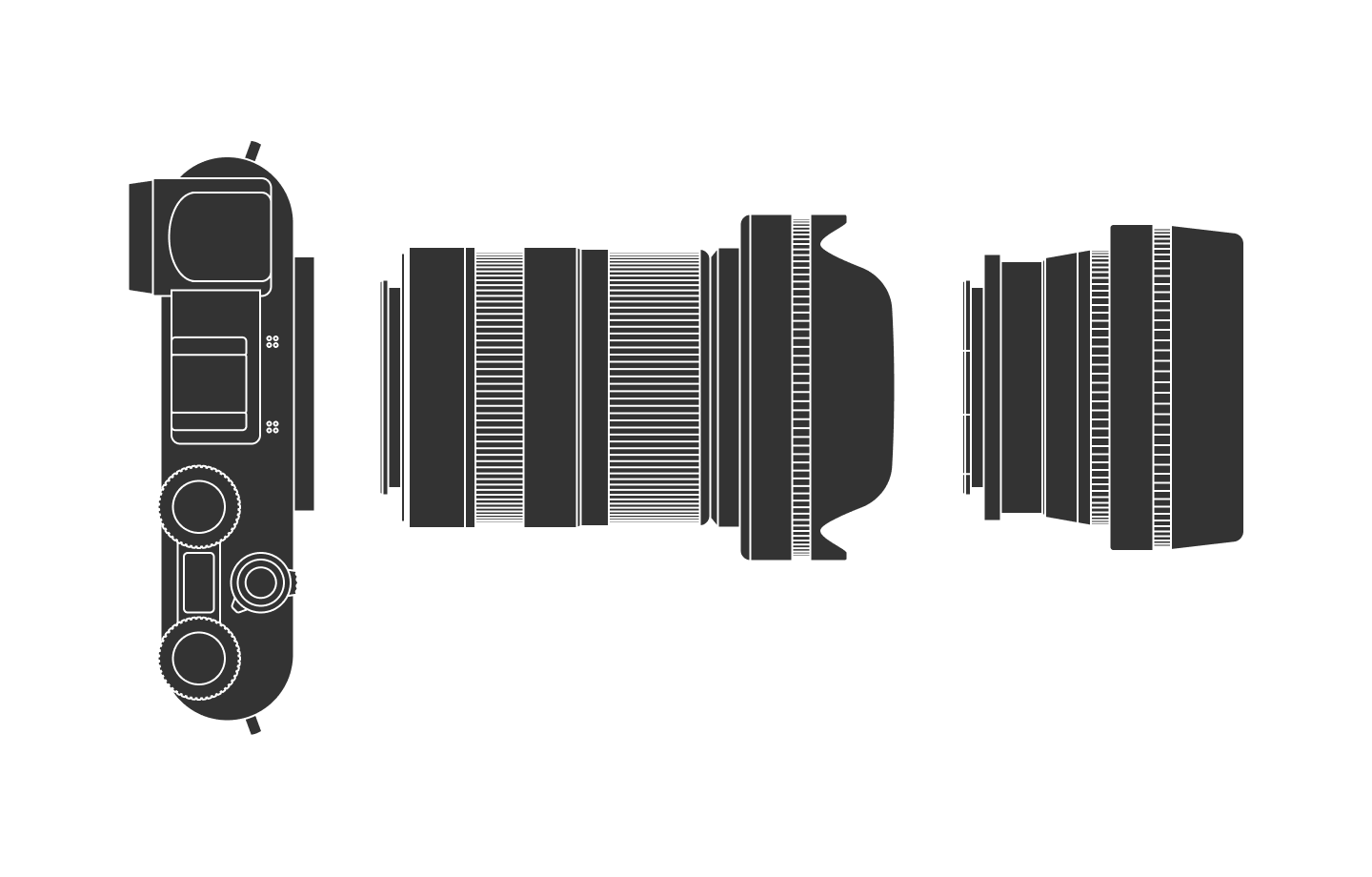
A generative film about Brian Eno
4 min read Jun 6, 2024
I discovered Gary Hustwit’s films when I watched Helvetica. The film not only attracted me to design, but also made me a loyal follower of his work.
When Objectified was showing at the IFC Center, I made sure to watch it. I backed Rams on Kickstarter and wrote a review about it here.
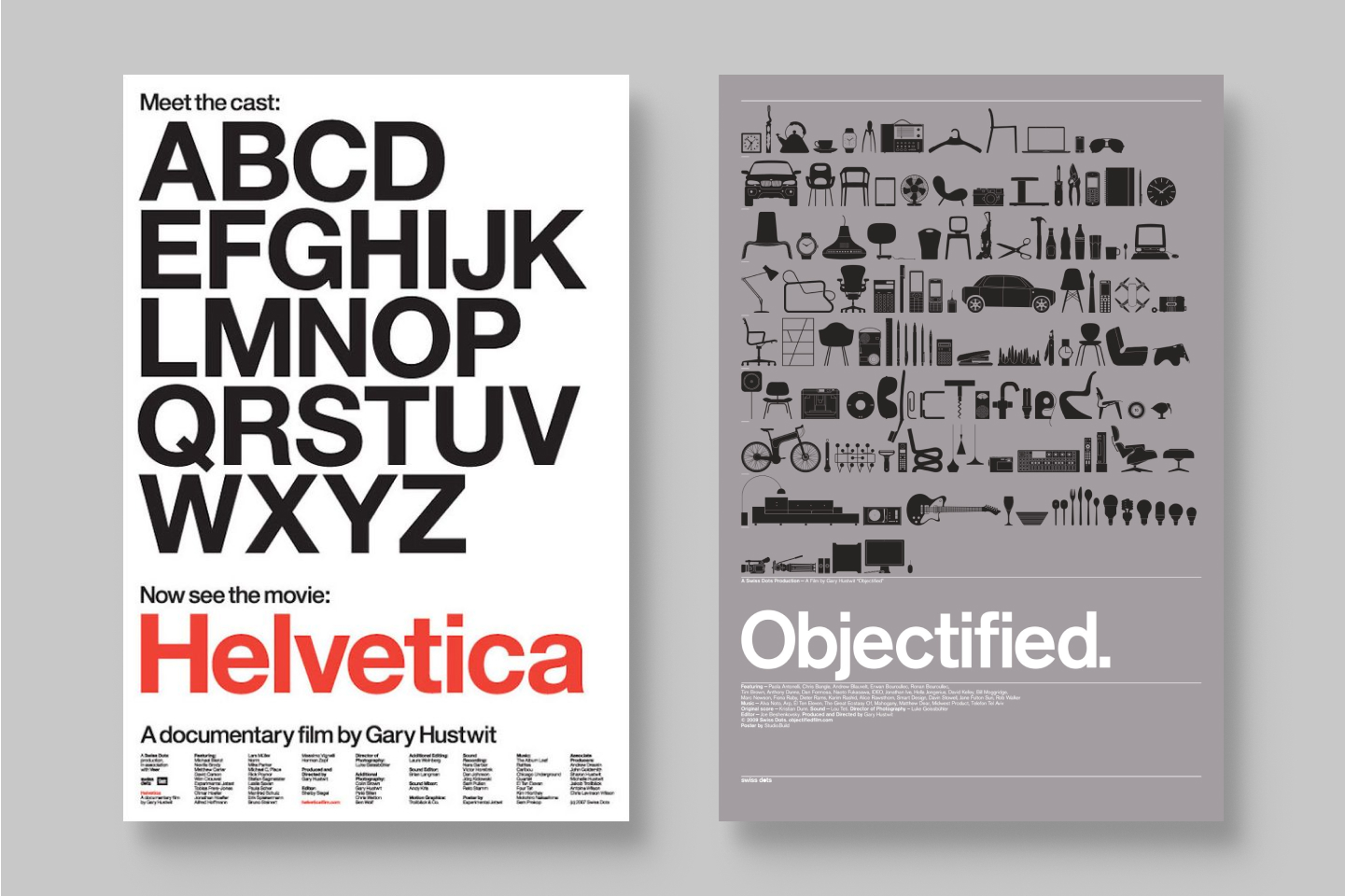 Helvetica and Objectified
posters
Helvetica and Objectified
posters
I enjoy Gary’s work for his design focus and film mastery. Even if I’m not interested in the subject (like with Urbanized), I’m captivated by the aesthetic qualities.
When I found out he was doing a documentary about Brian Eno (who made the soundtrack for Rams), I added it to my watchlist.
Brian Eno
Brian Eno is one of the most prolific and influential musicians of our time. He played the synthesizer in English rock band Roxy Music. He pioneered ambient music with albums like Ambient 1: Music for Airports. He produced David Bowie’s Berlin Trilogy, Talking Heads’ Remain in Light and U2’s The Joshua Tree. He contributed to generative music systems through installations and multimedia works.
He has changed the way we think of creativity. His Oblique Strategies, co-developed with Peter Schmidt, help creatives get unstuck. He delivers talks about his theories on art, music, and culture.
Fans of Brian Eno might be surprised that this film about him was made, as he is not a fan of biographical documentaries. He believes they simplify the path to commercial success, and prefers to emphasize the chaos and unpredictability of his life.
Gary’s generative film idea got Brian onboard.
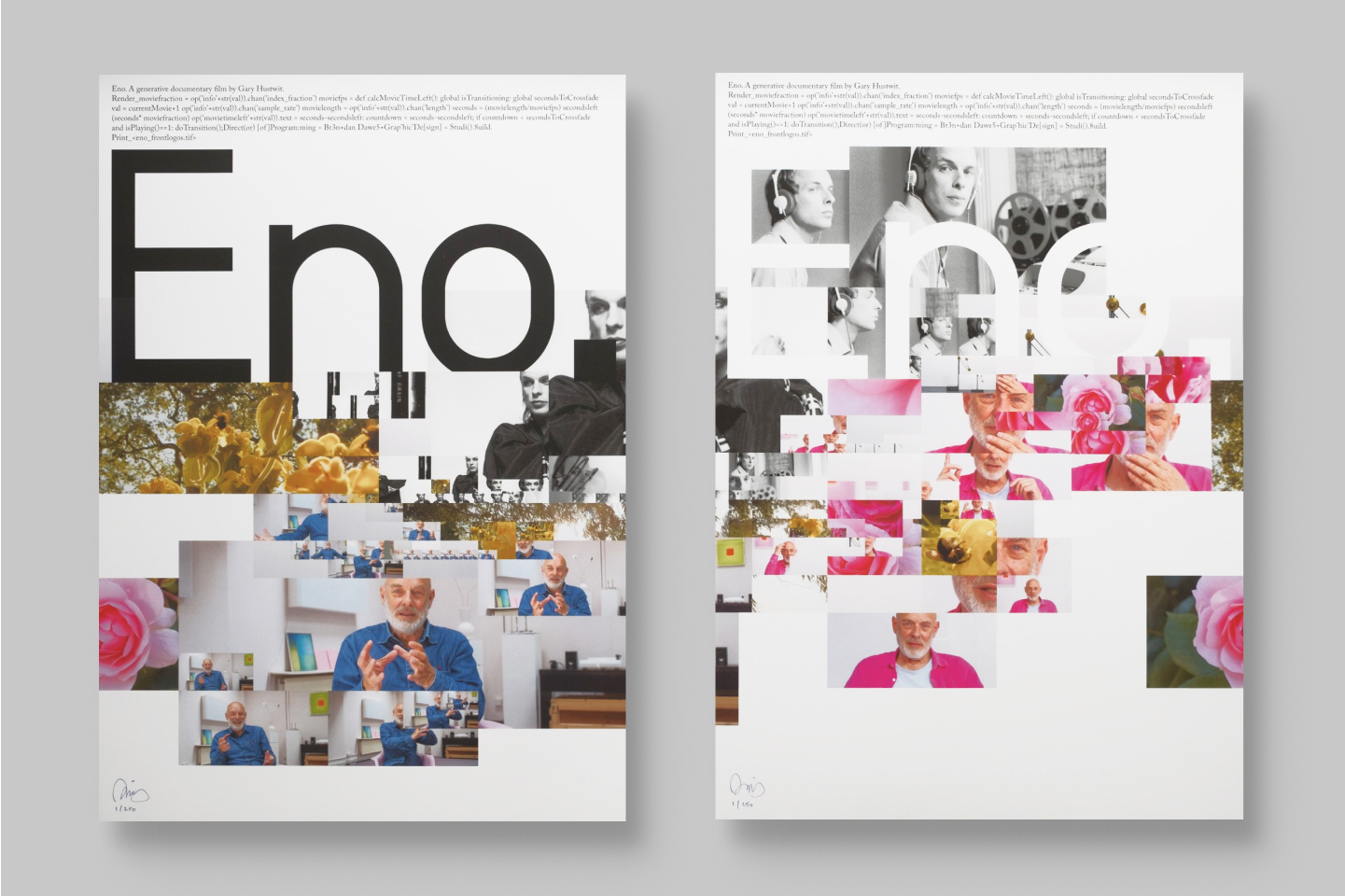 Eno posters
Eno posters
I attended the first showing in San Francisco at the Palace of Fine Arts theater. Joseph Becker, who curated the Art of Noise exhibit I visited earlier, opened the show. Afterward, there was a Q&A with Joseph, Gary, and editor Maya Tippett. Much of what I write came from their talk.
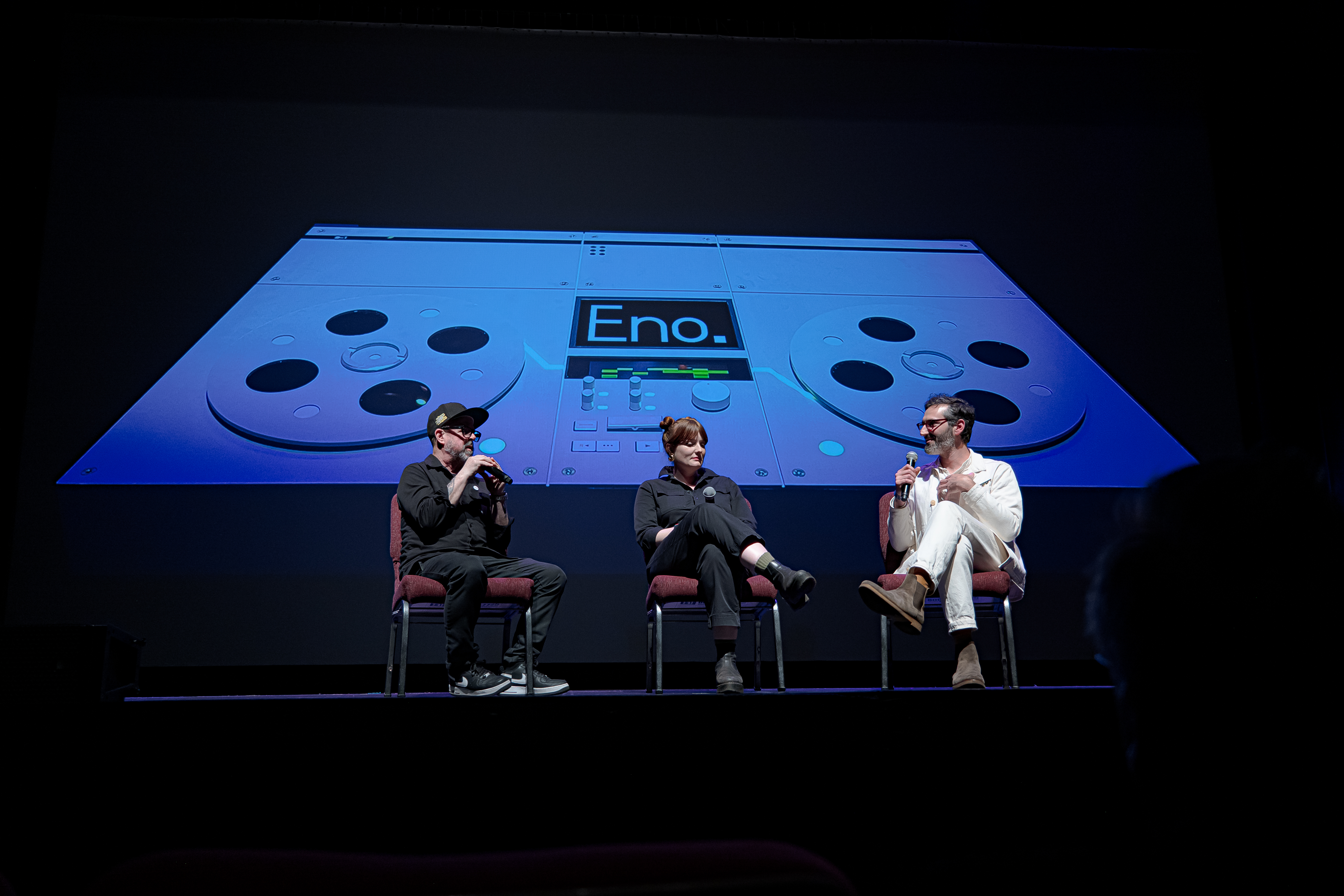 Leica CL · 20mm · f/2.8 · 1/50 ·
ISO 320
Leica CL · 20mm · f/2.8 · 1/50 ·
ISO 320
A generative documentary?
Each showing of Eno is unique, exploring different themes and weaving together various visual footage. The video and audio are not saved, so each showing will never be repeated.
The machine powering it all is the Teenage Engineering-designed B-1 (Brain One, an anagram of Brian Eno). It takes hundreds of hours of footage (some shot by Gary, some by others over decades) that Gary and Maya edited and curated as input. It generates the film as we watch.
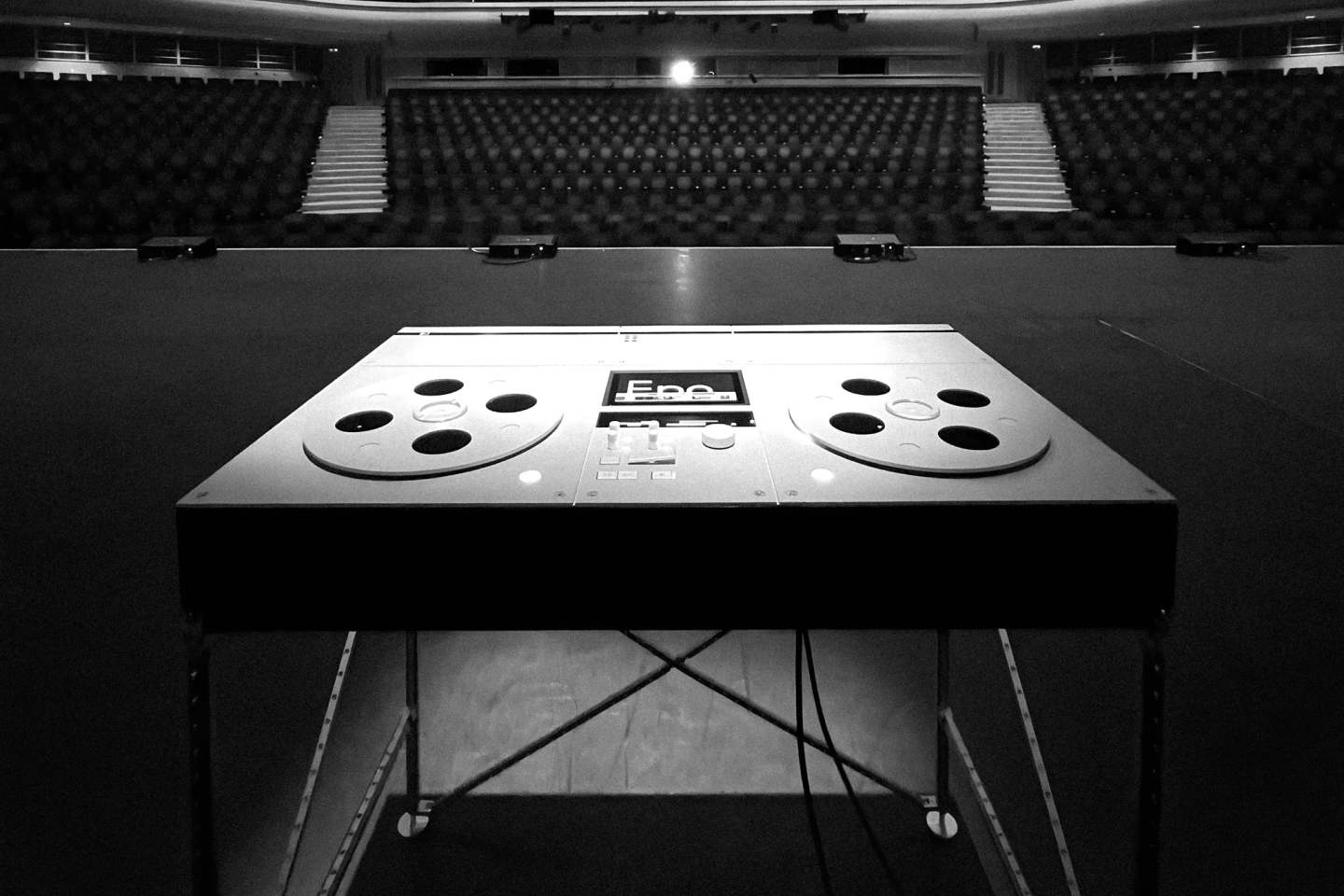 Brain One
(image credit)
Brain One
(image credit)
There are some key scenes common between showings. Everything else differs, including footage shown and explored themes. This helps avoid a rosy or orderly picture of Brian’s life. Additionally, the editors are relieved of the pressure to remove parts they like in order to stay within time constraints.
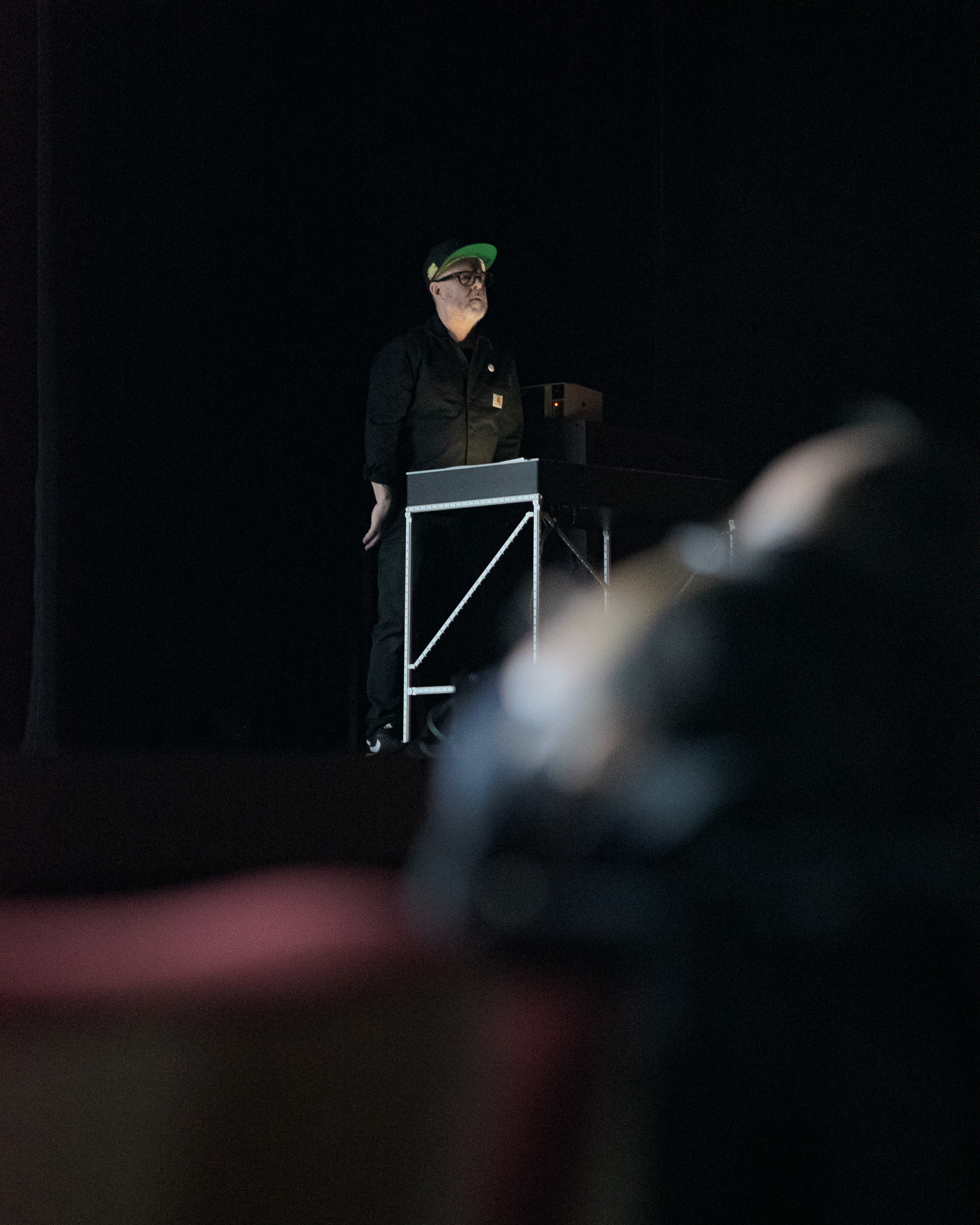 Leica CL · 56mm · f/1.4 · 1/30 ·
ISO 12500
Leica CL · 56mm · f/1.4 · 1/30 ·
ISO 12500
I often forgot I was watching a generated movie, only remembering during the mosaic-like segues and real-time computer logs on screen.
Brian Eno often discusses how music can create entire worlds. We can see a perfect example of that in David Bowie, who adeptly changes the aesthetic of his characters to suit the world he creates in his music.
This generative film creates a new world within the world of Brian Eno. It weaves a cohesive story that hints at the complexity within us.
The future
What’s great about this film is that more footage keeps getting added to B-1. Gary has been discussing shooting new video with Brian in the near future.
Anamorph, founded by Gary with Brendan Dawes, aims to expand generative film. Eno is just the first of many to come.
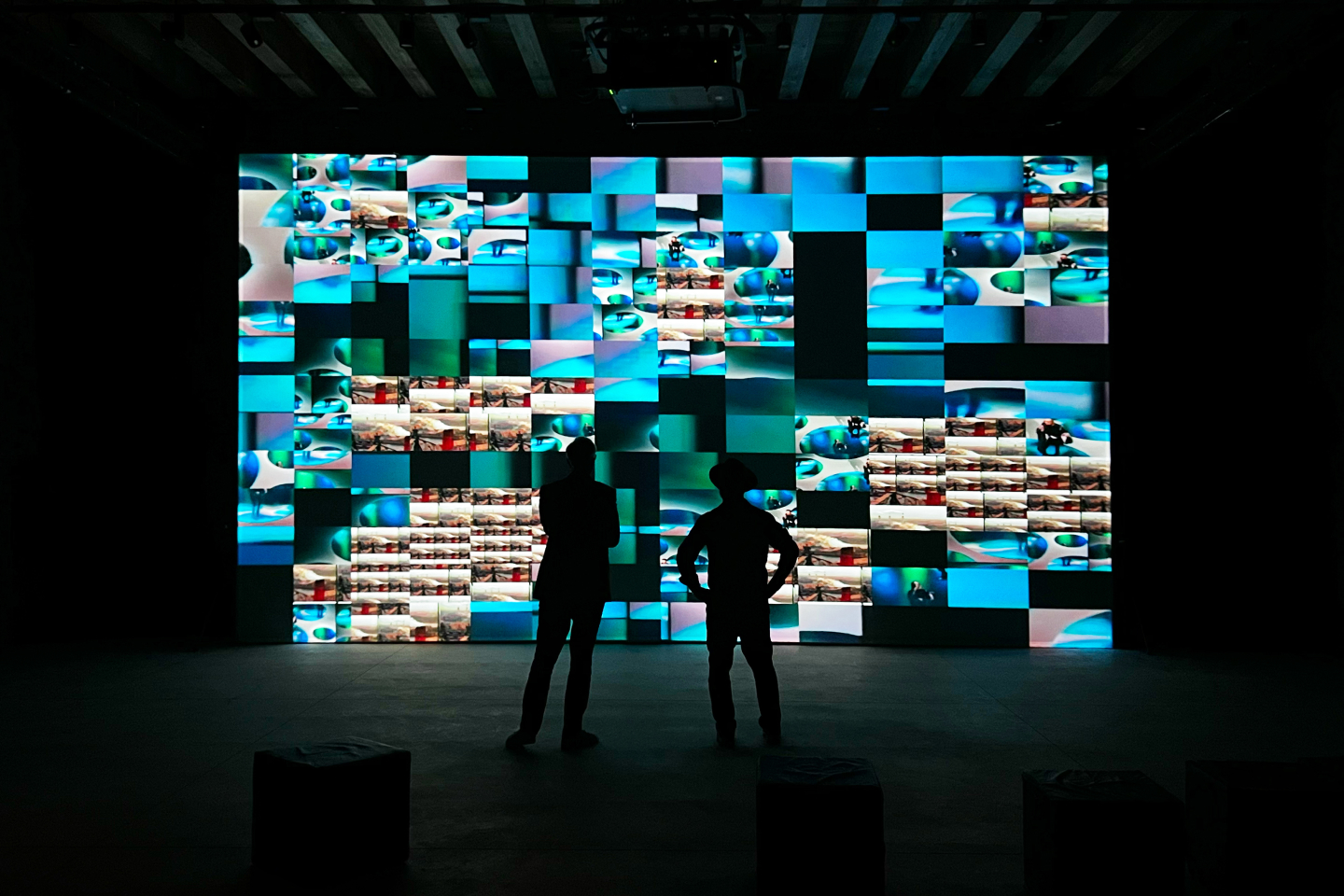 Anamorph founders
(image credit)
Anamorph founders
(image credit)
There are many questions to be answered, like how this film could be streamed or archived for posterity. Gary and Maya joked about how cool it would be to continuously stream an ever-changing film on the web. B-1 can output a single ProRes file if needed, but Gary suggested that there may be other ways of archiving the film.
Computers and humans
The film, like all others by Gary, was sublime. It taught me about music, art, and creativity. It showed how Brian Eno, who I see as refined and mature, followed a winding road to where he is today.
I used to see generative art mostly as a purely aesthetic craft. I see now that generative art can resonate with my soul and take me to another world.
The film also opened my mind to the potential of human-computer collaboration. As a designer, it’s a topic I think of every single day.
As society grapples with the impact of LLM-based technologies on our work and life, Eno is a glowing example of human-machine collaboration. This film wouldn’t be possible with only a computer or a human, and that’s precisely what makes it so good.
Cover illustration by Studio Build. Thanks to Q for reading drafts of this.
